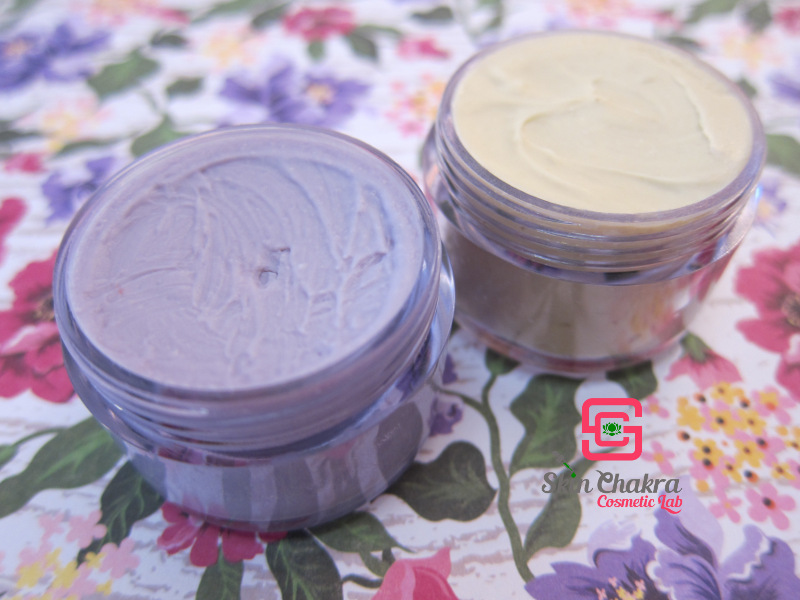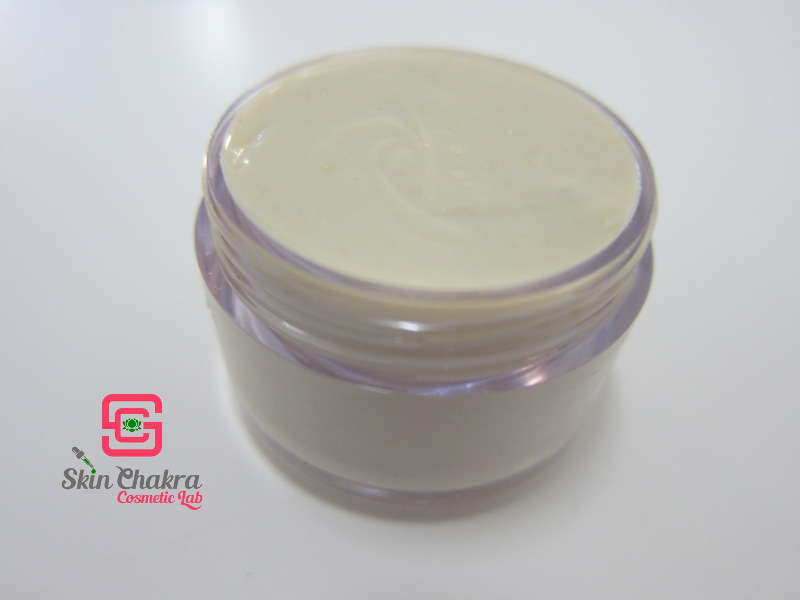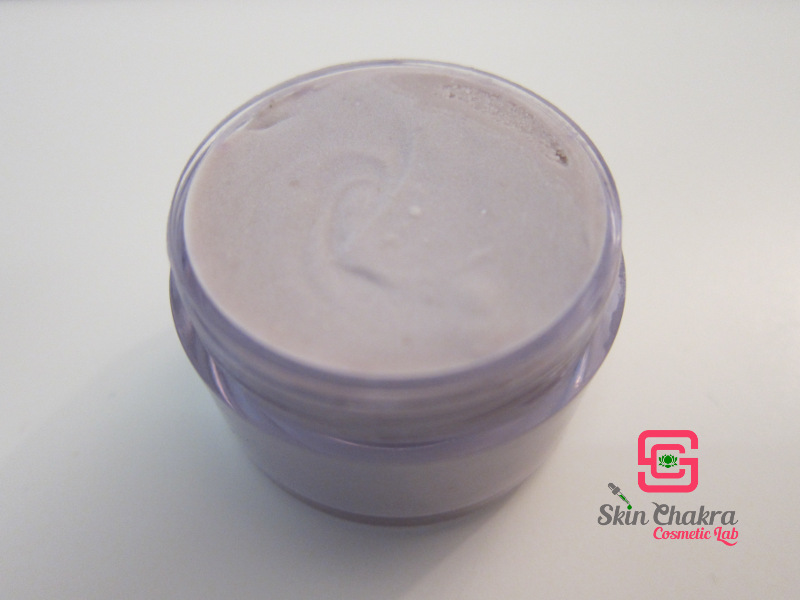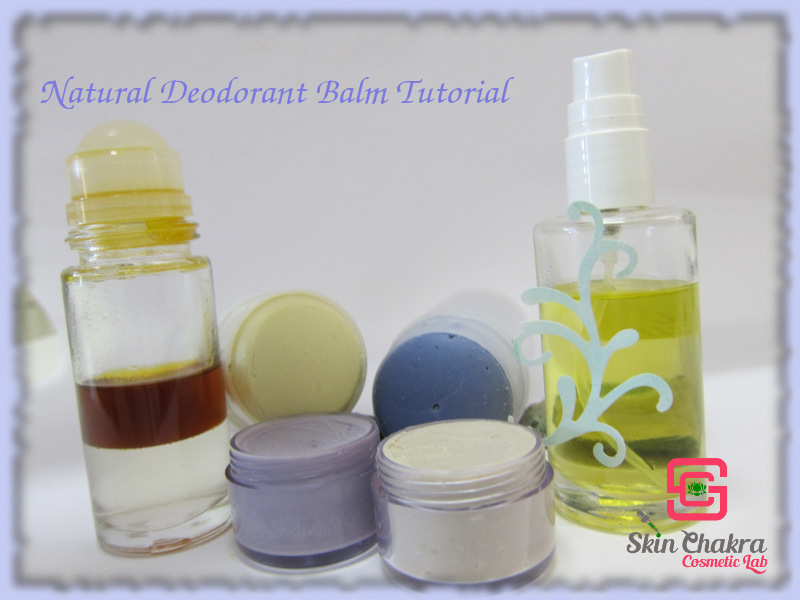I have been formulating and testing "natural" deodorants during the past two years. The "natural deodorant" market is rather immature yet and except for a couple of well established brands you can hardly find a good and effective (and free from that horrible baking soda) natural deodorant on the market.
The switch from conventional to natural deodorant needs patience and it takes time till you get accustomed to the skin feel of natural deodorants. Please don't try to force your friends and family members to love or even test your first samples if they are no "natural products" nerds and are accustomed to conventional products.
Deodorant balms are among the easiest products to make. Internet is full of DIY recipes and tutorials (most of them with sodium bicarbonate). The deodorant I'm sharing with you is one of our most effective products, however, keep in mind that this is a deodorant and no anti-perspirant: it doesn't keep you completely dry.
The product has a white to beige colour (depending on the clay you're using) immediately after preparation but due to the magic of chemistry and if you use all of the ingredients in the instruction, it turns to a beautiful purple within 3-5 weeks.

Before I jump to the formulation and procedure, I invite you to read our previous deodorant tutorials:
Keep in mind that this is probably not the best product form for hot and humid climate (feel free to test for yourself) and don't forget to adjust the wax/oil ratio according to your climate. You may need to use more or less wax to have a pleasant skin feel and easy application in your climate conditions.
Formulation:
| Phase A |
|
| Myrica fruit wax |
21,0% |
| Babassu oil |
16,0% |
| Cupuacu butter |
8,0% |
| Sunflower lecithin |
0,5% |
| Glyceryl caprylate |
0,5% |
| Ascorbyl palmitate |
0,3% |
| Phase B |
|
| Isoamyl laurate |
5,0% |
| Dermofeel TEC eco |
5,0% |
| Dermosoft decalact deo |
1,0% |
| Natural tocopherols |
0,3% |
| alpha-bisabolol |
0,2% |
| Phase C |
|
| Rosemary CO2 extract |
0,1% |
| Hop CO2 extract |
0,1% |
| Sage CO2 extract |
0,1% |
| Antimicrobial extract |
0,1% |
| patchouli oil |
0,2% |
| Wintergreen oil |
0,1% |
| Cedarwood oil |
0,1% |
| Litsea cubeba oil |
0,1% |
| Cardamon CO2 extract |
0,1% |
| Phase D |
|
| Lexfeel natural |
23,0% |
| modified rice strach |
10,% |
| Kaolin |
6,0% |
| Allantoin |
0,2% |
| Zinc oxide |
2,0% |
Procedure:
1- Blend each phase separately in a beaker.
2- Heat phase A in a water bath between 80-85 oC. Ascorbyl palmitate needs this high temperature to melt in the butter/wax phase. If you don't use any ascorbyl palmitate, you need to heat the butter phase according to the melting point of your waxes and butters.
3- When the wax/butter phase is melted and the ascorbyl palmitate fully blended stop heating, remove from the bath and add phase B.
4- Start cooling while still blending. You can put your beaker in the fridge and stir it every now and then to avoid graininess or you can cool down at room temperature while blending (this takes much more time).
5- Add phase C as the temperature reaches ca. 40 degrees. Continue stirring while cooling.
6- At a low trace, add phase D. Keep in mind that the powders do not dissolve in lexfeel natural, you need to keep them suspended by stirring.
7- Continue cooling and stirring and at a medium trace pour into your jars and put in the fridge for 12 hours to overnight (do not screw the jar lid completely)
At the beginning, your balm looks like this (the exact colour depends on the clay you're using)

and due to the magic of chemistry it turns to this colour in a few weeks

I would love to see your creations and how they turn out. Don't forget to share them with us.
BeHappy and have fun





